Why Does My Ear Hurt on the Inside and How to Fix It?
Ear pain can be a real discomfort, especially when it comes from deep inside your ear. Whether it’s a sharp, stabbing pain or a dull ache, the feeling can be distressing and can interfere with your daily activities. If you have been wondering, "Why does my ear hurt on the inside?" and what you can do about it, this blog post will provide you with answers.
What is Inner Ear Pain?
According to one of the top ENT specialists in Gurgaon at Miracles Apollo Cradle/Spectra, aches inside the ear can feel different for everyone. It might come as a sharp sting, a dull ache, or even a constant pressure that doesn’t let up. Before exploring the cause of pain inside the ear, and treatments, it's important to understand that inner ear pain doesn’t always mean there is an issue with the deepest part of the ear. Pain can arise from various ear structures or even areas close to the ear, such as the jaw, throat, or sinuses. Now, let’s discuss some common reasons why you may be experiencing inner ear pain.
Causes of pain inside the ear
1. Ear Infections: This is one of the most common causes of inner ear pain. These infections can occur in different parts of the ear:
-
Outer ear infection (Otitis Externa): Also known as a swimmer's ear, Outer ear infection is usually caused by bacteria or fungus. If water remains trapped in the ear canal, it can create an environment where bacteria thrive, leading to pain, itching, and sometimes a discharge.
-
Middle ear infection (Otitis Media): This infection happens behind the eardrum, usually due to a cold or respiratory infection. Fluid buildup causes swelling, creating pressure and pain.
2. Earwax Buildup: Earwax protects the ear, but too much of it can lead to blockage, creating a feeling of fullness and pain. When earwax gets pushed deeper into the ear canal, it can cause discomfort, muffled hearing, and sometimes a ringing sensation.
3. Sinus Infections and Congestion: Your ears, nose, and throat are closely connected, so if you have sinus congestion or a sinus infection, it can create pressure that radiates to the ears. This is why ear pain often occurs due to colds or allergies.
4. TMJ Disorders: The temporomandibular joint (TMJ) is located near the ear and connects your jaw to your skull. If you crush your teeth, clench your jaw, or have arthritis in the jaw, it can lead to pain in or around the ear area.
5. Changes in Altitude: If you have ever passed on a plane or driven up a mountain, you might have noticed your ears “popping.” This happens because of changes in air pressure, which can create discomfort in the ears. Some people are more sensitive to these changes and experience pain when there are sudden changes in altitude.
6. Foreign Objects in the Ear: Children, in particular, may accidentally place objects in their ears, but it can happen to adults too. Items like cotton swabs, earbuds, or even insects can cause irritation and pain if they become lodged in the ear.
Symptoms of Inner Ear Pain
Ache inside ear can come with a variety of symptoms that give indications about its underlying cause. Here are some common symptoms associated with inner ear pain:
-
Earache or Throbbing Pain: A dull or sharp pain that can be continuous or come in waves.
-
Fullness or Pressure in the Ear: Usually described as a feeling of heaviness or pressure, like the ear is clogged or filled with fluid.
-
Reduced Hearing or Muffled Sounds: Difficulty hearing clearly, as if sounds are muffled or distant, which can be due to fluid buildup, earwax, or infection.
-
Ringing or Buzzing in the Ear (Tinnitus): A constant or intermittent ringing, buzzing, or hissing sound in the ear, generally related to inner ear issues or ear infections.
-
Dizziness or Loss of Balance: Since the inner ear is essential for balance, pain or infection here may cause vertigo, dizziness, or difficulty maintaining balance.
-
Itching or Irritation in the Ear Canal: Often experienced with outer or middle ear infections and can be accompanied by inflammation or redness.
-
Swelling or Redness Around the Ear: Infections or irritation may cause visible swelling, redness, or warmth around the ear.
-
Fluid Drainage or Discharge: Clear or yellowish discharge may indicate an ear infection or a ruptured eardrum, especially if accompanied by sudden pain relief.
-
Fever and General Malaise: In cases of infection, symptoms may include fever, fatigue, or a feeling of being unwell.
-
Jaw Pain or Discomfort: Due to the close connection between the ear and the temporomandibular joint (TMJ), ear pain may be accompanied by discomfort in the jaw area, especially when chewing or speaking.
These symptoms can vary based on the cause of the ear pain, whether it’s an infection, wax buildup, or something else. If you are experiencing severe or constant symptoms, consult an ENT doctor near you for accurate diagnosis and treatment.
How to Fix Inner Ear Pain?
Now that we have covered some common causes, let’s look at solutions. Depending on the cause, there are several ways to treat inner ear pain, ranging from simple ear pain relief home remedies to medical treatments.
Home Remedies For Ear Pain
-
Warm Compress: Applying a warm compress to the ear can help reduce pain and inflammation. Just take a clean cloth, dip it in warm water, squeeze out the excess, and gently place it over your ear for 5-10 minutes.
-
Steam Therapy: For sinus-related ear pain, inhaling steam can help clear congestion. Get boiled water, cover your head with a towel, and inhale the steam.
-
Olive Oil Drops: Olive oil can help soften earwax and reduce pain. Warm a few drops and gently put them in the affected ear. This can relieve the ear canal and sometimes helps ease an earwax blockage.
-
Cold Compress: If a warm compress isn’t providing relief, you can try a cold compress. Wrap an ice pack in a towel and gently hold it against the ear for 10 minutes. This can help dull the pain.
Medical Treatments
-
Over-the-Counter Pain Relievers: Medications like ibuprofen or acetaminophen can help reduce pain and inflammation in the ear. Be sure to follow dosage instructions.
-
Ear Drops for Infections: Prescription ear drops can help if you have an ear infection. Antibiotic or antifungal drops work by targeting the exact cause of infection. Your ENT specialist can recommend the right type based on your symptoms.
-
Antihistamines or Decongestants: If your ear pain is due to congestion or allergies, over-the-counter antihistamines or decongestants can help reduce pressure in the ears.
-
Earwax Removal: If earwax buildup is causing pain, your doctor might use special tools to gently remove the blockage. Avoid trying to remove it yourself, as inserting objects into the ear can worsen the situation.
-
Treatment for TMJ Pain: If TMJ disorders are behind your ear pain, your dentist or ENT specialist might recommend jaw exercises, anti-inflammatory medications, or even a mouthguard to prevent teeth grinding.
-
Removal of Foreign Objects: If something is stuck in your ear, resist the urge to remove it yourself. Consult an ENT specialist near you for careful removal of foreign objects and to prevent damage to the delicate structures in your ear.
Preventing Ear Pain
While some causes of aches inside the ear are unavoidable, certain habits can help prevent ear problems.
-
Avoid putting objects in your ears: Cotton swabs, earbuds, and other objects can damage the ear canal or push wax deeper, causing blockages and discomfort.
-
Dry your ears after swimming: Swimming can keep the water trapped in your ear. To dry your ear, simply use a towel or tilt your head to allow any trapped water to drain out.
-
Manage allergies: Controlling allergy symptoms can help reduce sinus congestion and prevent ear pain.
-
Take care during altitude changes: Yawning, swallowing, or chewing gum can help adjust ear pressure during flights or altitude changes.
-
Protect your ears from loud noises: Long exposure to loud sounds can cause ear pain and even lead to hearing loss. Wear ear protection if you are around loud noises usually.
When to Consult a Doctor?
While many cases of ear pain can be treated at home, some symptoms may require professional care. Visit an ENT doctor near you if you experience any of the following symptoms:
-
Severe ache inside the ear that doesn’t improve with home treatments.
-
Fever or signs of infection like redness, swelling, or discharge
-
Hearing loss, dizziness, or balance issues
-
Pain after an injury or foreign object insertion
Immediate treatment can help prevent complications and lead to faster relief.
Conclusion:
Inner ear pain can be uncomfortable, but understanding the cause and knowing the right steps to take can help get rid of it. From simple home remedies like warm compresses to effective medical treatments, there are plenty of ways to find relief. However, if the pain persists or you are unsure about the cause, don’t hesitate to consult an ENT doctor near you at Miracles Healthcare. Listening to your body and taking care of your ears can go a long way in preventing and managing inner ear pain.

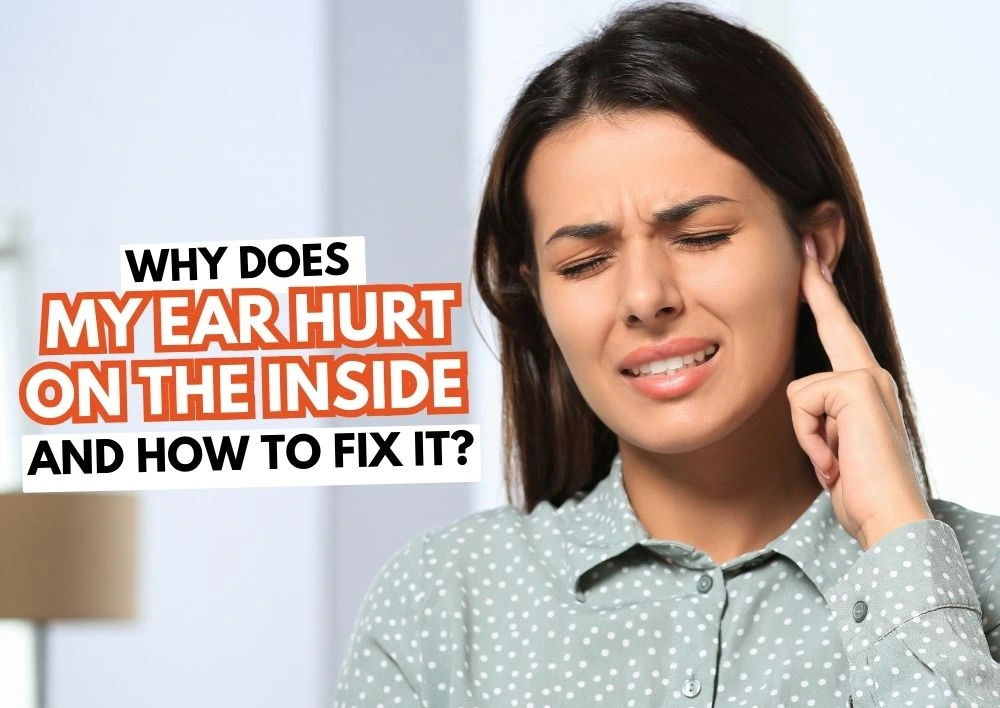

_in_Pregnancy.webp)
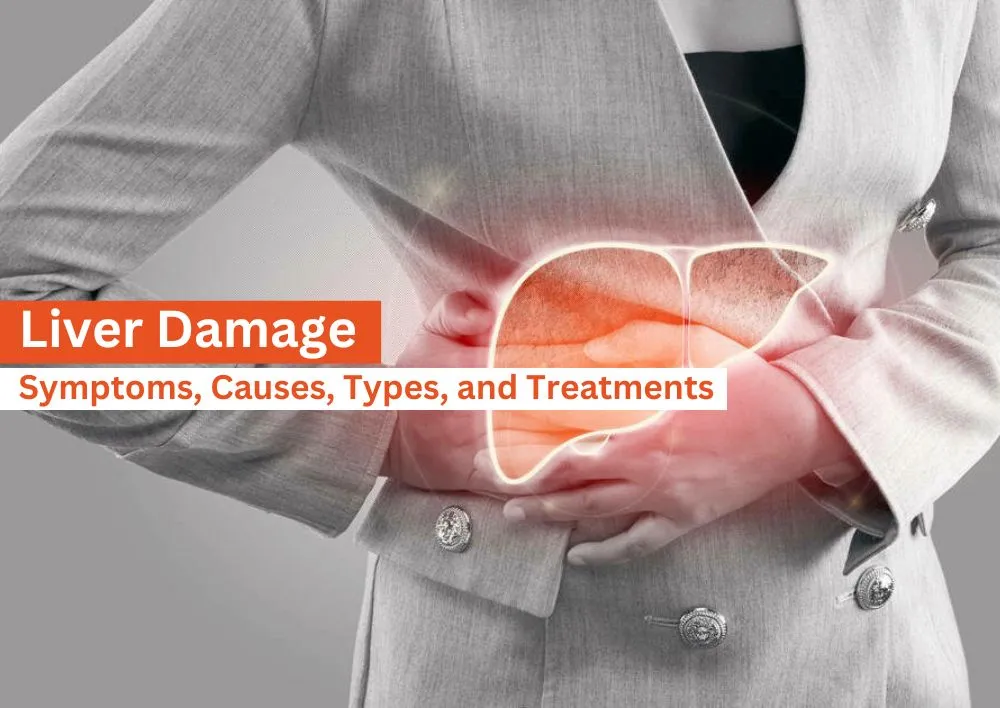
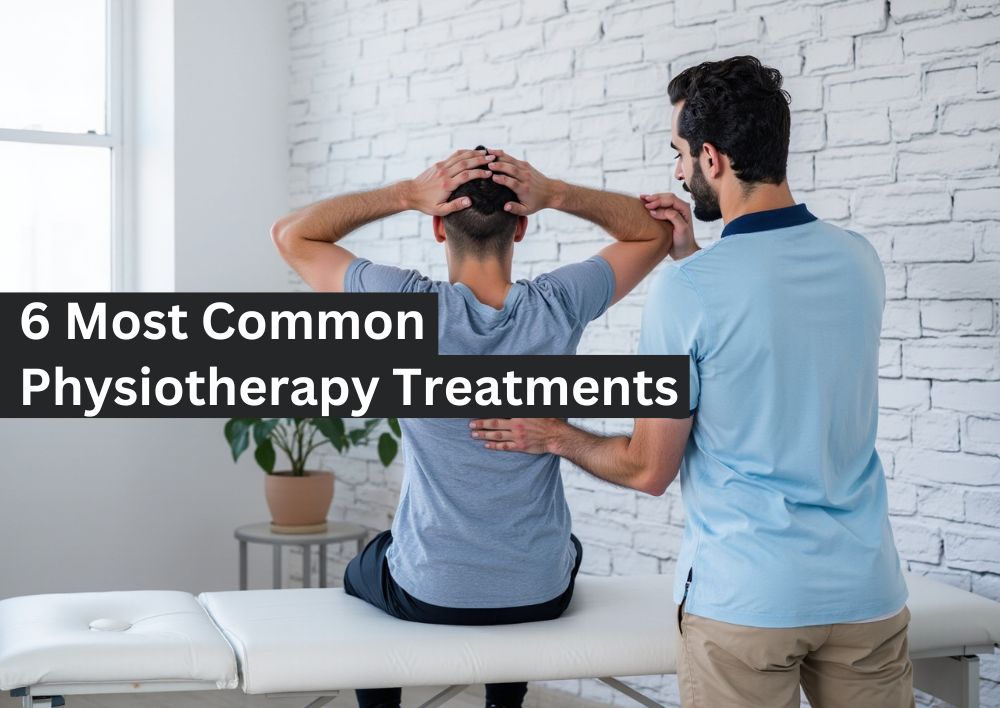
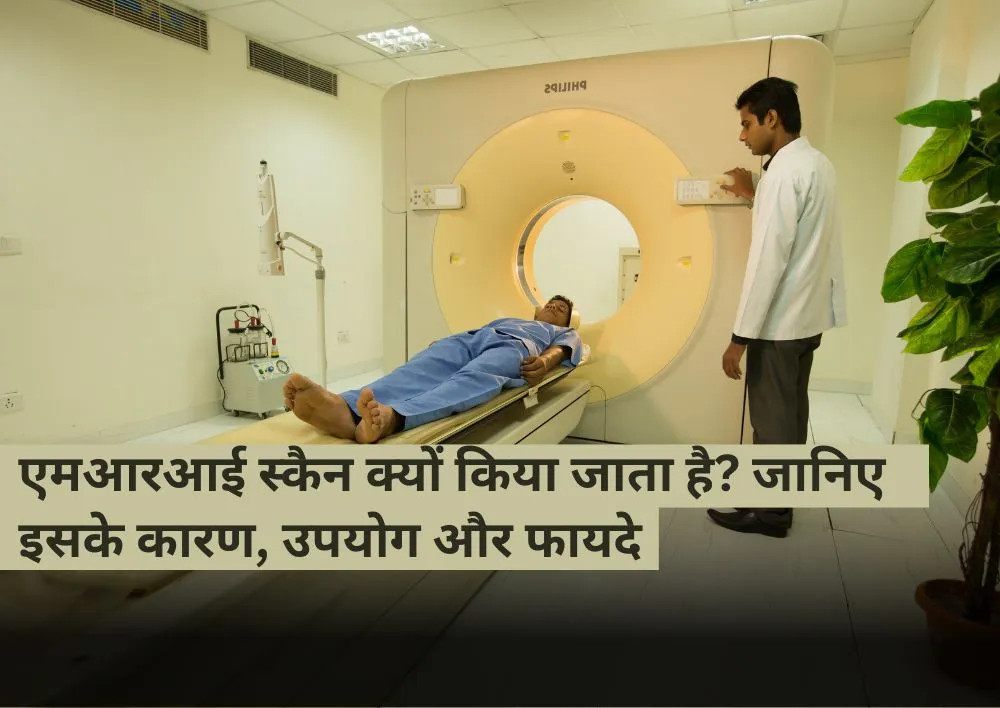
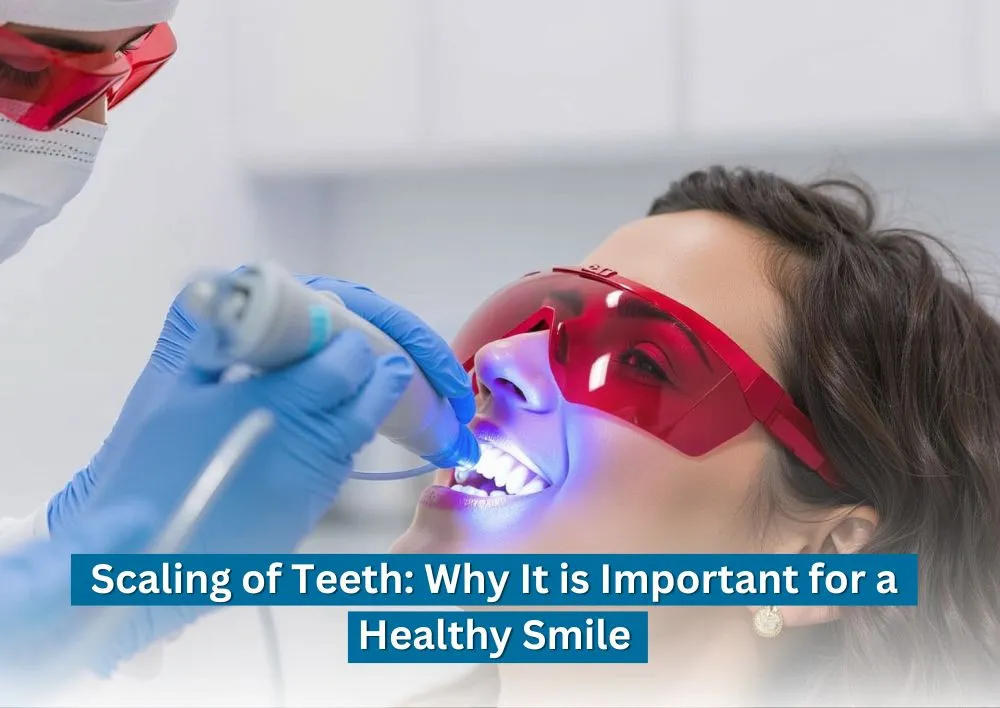





Was the information useful?
0 0